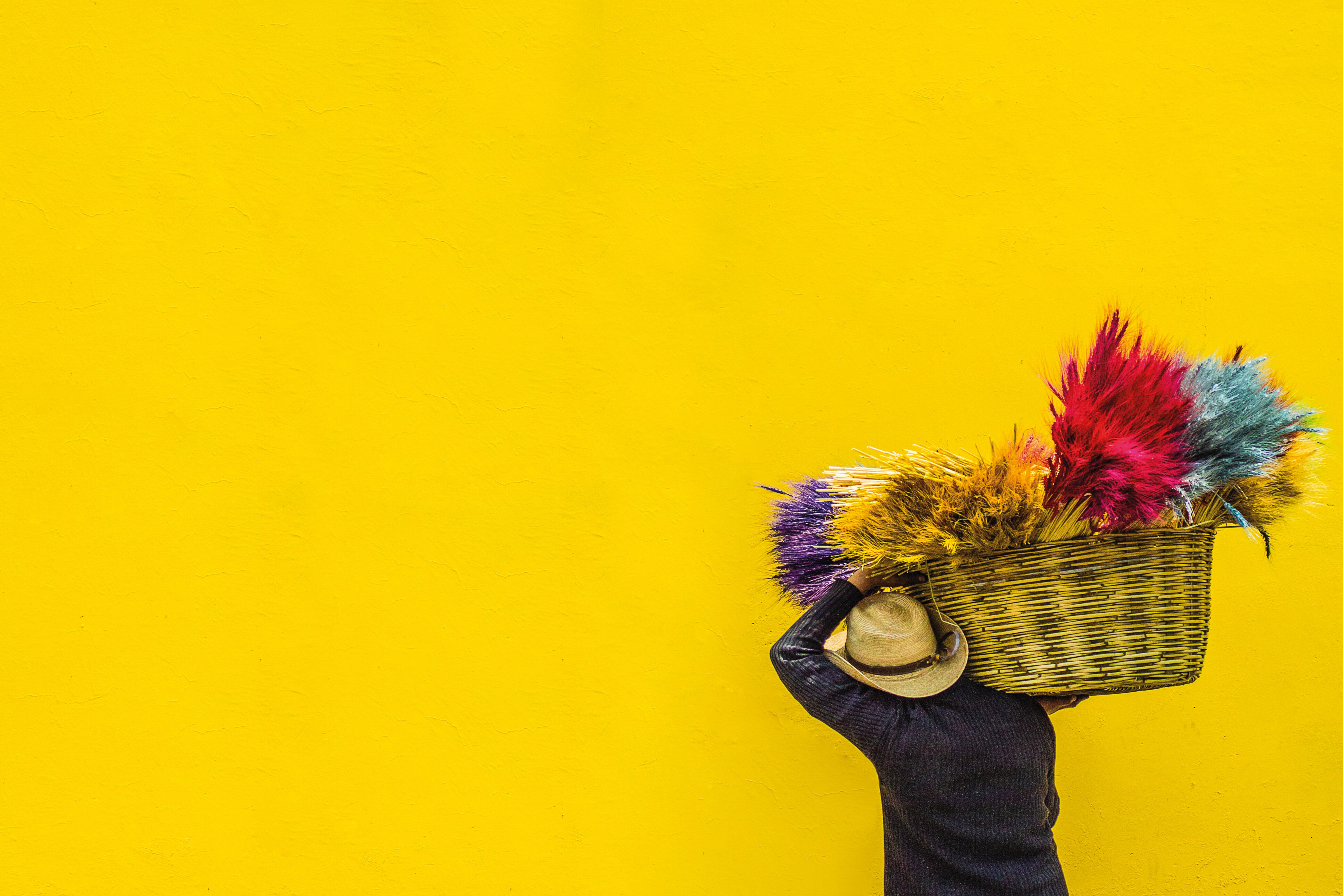Lava and Let Lava: A Beginner's Guide to Capturing Volcanic Vistas

Lava and Let Lava: A Beginner's Guide to Capturing Volcanic Vistas - Scouting Epic Eruption Locations
Capturing volcanic eruptions in their full glory requires planning and research to find the perfect vantage points. Not all volcanic sites offer equal photographic potential, so it pays to do homework beforehand. The rewards for those who scout prime locations are images of a lifetime.
Active volcanoes like Kilauea in Hawaii or Mt. Etna in Italy are magnets for photographers seeking lava rivers and explosive eruptions. But popularity brings crowds that can obstruct views or restrict access to danger zones. Savvy photographers uncover lesser-known volcanic hotspots brimming with untapped potential. Exploring dormant and remote volcanoes can unveil private viewing areas devoid of distractions.
Venturing off the beaten path takes effort but yields endless options without hordes of photographers. Resources like the Smithsonian Institution's Global Volcanism Program catalogue over 1,500 potentially active volcanoes globally. This database helps locate promising targets based on past or present eruption statuses. Psyching potential by studying historical accounts of previous major eruptions at a given volcano provides insight into possible future behaviors.
It's also wise to connect with scientists monitoring volcano activity in target regions. Building relationships with local observatories and researchers gives insider knowledge about increased seismic activities that signal impending eruptions. This allows photographers to mobilize to eruption sites quickly before word spreads. Many observatories are happy to share updates with genuine photographers looking to capture scientific events.
Research is the first step, but scouting eruption locations requires on-the-ground exploration. Hiking around volcanoes reveals vantage points, angles, and compositions for peak drama. Trial and error is key to isolating spots that balance explosion intimacy and safety. Examining terrain using topographic maps or aerial drone footage helps identify elevated perches, craters, or lava tube access points. Repeated scouting trips in volcanic zones prepares photographers to capitalize when fiery spectacles inevitably occur.
Lava and Let Lava: A Beginner's Guide to Capturing Volcanic Vistas - Packing the Essential Lava Photography Kit
Capturing volcanic eruptions requires specialized equipment to withstand the extreme conditions. Lava photography demands packing the right kit for both safety and optimal image quality. Skipping key gear can jeopardize getting the shot or even put photographers in harm's way.
The lava herself inflicts the most damage, launching globs of molten rock at speeds up to 100mph. Photographers dress for survival first with heat-resistant outerwear, gloves, goggles, and masks. Sturdy hiking boots with thick soles provide stability on uneven terrain. Cotton and synthetic clothes risk catching fire, so natural fibers like wool are recommended.
Camera bodies and lenses endure intense ultraviolet radiation, ash, and corrosive gases emitted by lava. A UV filter protects the front lens element, while frequent cleaning tackles particle build-up. Some photographers report success using DIY contraptions like plastic bags or Tupperware with custom-cut holes to shield gear.
Tripods sturdy enough to withstand strong shockwaves are essential for long exposures. Compact travel tripods often lack sufficient stability, so larger professional models are preferred. Stone bags or clamps help weigh down tripods, preventing violent winds from toppling them.
Photographing lava flows relies heavily on long exposure techniques. This requires packing strong neutral density filters to reduce light intensity. ND filters come in varying densities to cut light by several stops, allowing slower shutter speeds even in daylight. A variable ND filter provides flexibility to dial-in different strengths quickly.
Even with ND filters, extremely slow shutter speeds are needed to capture smooth, ghostly lava motion. A remote shutter release or intervalometer enables exposures over 30 seconds without camera shake. Bulb mode offers unlimited exposure times when using a remote.
Battery life drains rapidly when shooting long exposures in Live View mode. Packing multiple spares ensures the ability to keep shooting without interruption. Some photographers rely on external USB batteries for extended runtimes.
Memory cards also require special consideration since lava photography generates enormous files sizes. Cards with fast write speeds and high capacities prevent bottlenecks and provide ample storage space. Bringing backup cards gives peace of mind against corrupted files or cards damaged by heat.
More Posts from colorizethis.io:
- →Bridging Language Barriers, One Pixel at a Time
- →Colorizing the Canvas: Bringing Modern Landscapes to Life Through AI
- →Unlocking Creative Frontiers Apple Vision Pro Redefines Photography
- →Finding Beauty in Small Spaces: How to Capture Nature's Quieter Moments
- →Through Aboya's Lens: Capturing the Spirit of Ghana in Vivid Color
- →From Black & White to Technicolor Dream: How One Photog Traded the Daily Grind for a Life in Color